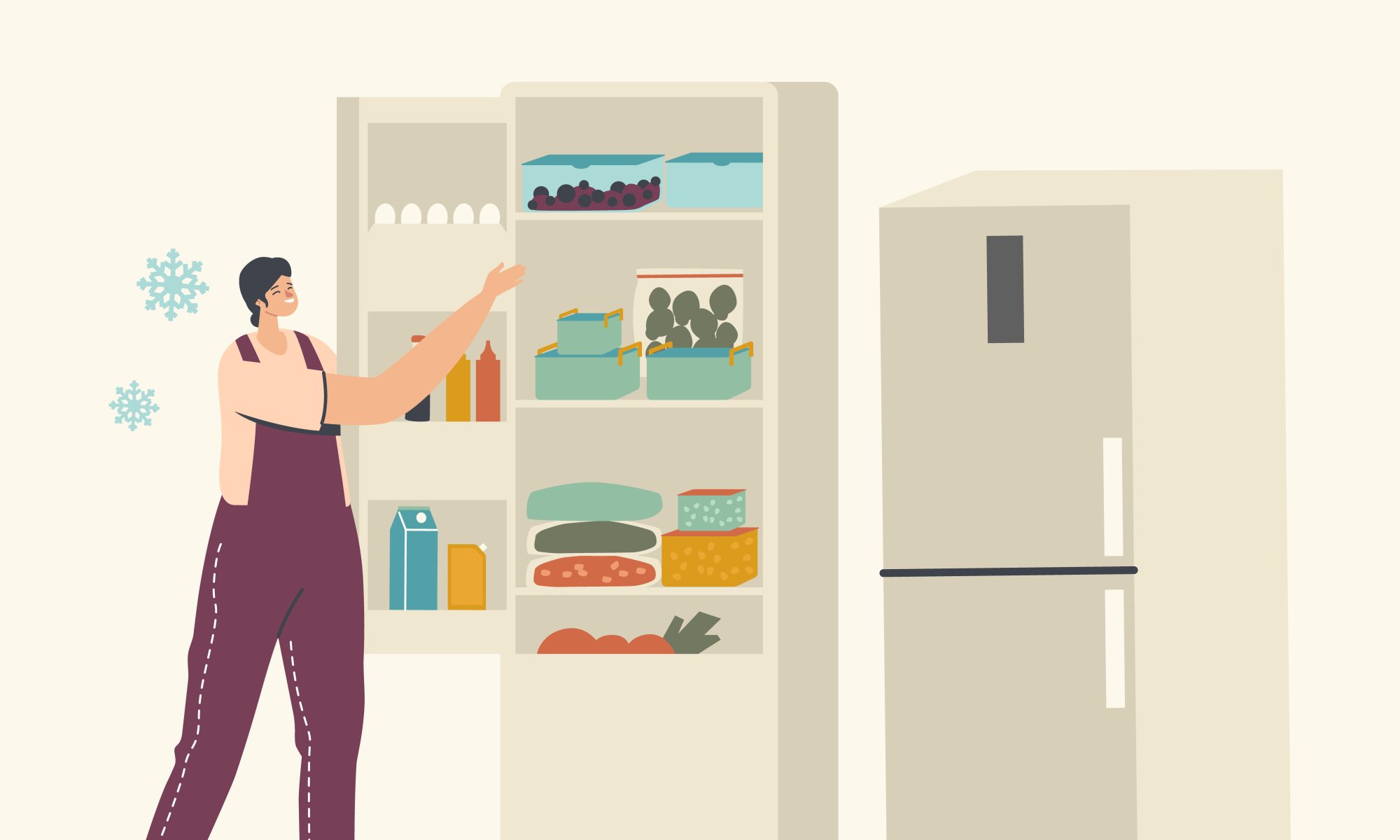This week I worked on finishing up the phone integration for NFC scanning and testing that the logic and code works for multiple LED zones. Scanning an NFC tag with your phone now works and can be used in the app to add an item. Thus, we now have two ways to add an item into inventory : scanning on the physical pad, or scanning through your device. I also started working on the final poster and video for our demo and project.
Our progress is currently on schedule.
In the next week, I hope to finish all the deliverables, including the final report, final poster, and final video. In addition, as the physical circuit pad is completed, I am aiming to integrate it into the software backend logic so that it is operational for the demo.
